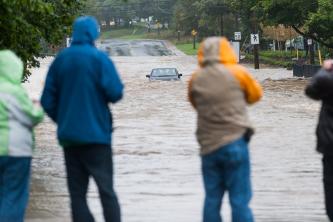
27 October 2017
Through my doctoral research, I examined the links between climate change impacts and everyday mobilities, highlighting ecological considerations within the sphere of mobilities research. The anchoring idea for my project is that transport modes powered by fossil fuels contribute to climate change. I explored how Hurricanes Igor and Juan highlight resilience and vulnerability in contemporary mobility systems.
Thesis title : Navigating disruption. Mobile society and severe weather.
Country : Canada
University : Memorial University (St. John’s)
Year : 2016
Research supervisor : Mark C.J. Stoddart
« “ I’d never seen anything like it that severe ”, recalled one town manager. A politician remembered: “ total destruction… there were roads just sort of gone.*” When Hurricane Igor hit Newfoundland (Canada) in 2010, road and bridge washouts isolated more than 100 communities for up to ten days. When Hurricane Juan hit the neighbouring province of Nova Scotia in 2003, electrical poles toppled, blocking roads and leaving many residents powerless and with restricted transport options.
The World Meteorological Organization retired the names Igor and Juan in recognition of the storms’ severity. Hurricane Igor, ranked the third wettest hurricane in Canadian history, was defined by precipitation. Measuring 1,500 kilometres in diameter, it was the largest recorded storm in the Atlantic Basin until Hurricane Sandy. Hurricane Juan was defined by strong winds and a massive storm surge. Weather buoys in Halifax Harbour, the province’s capital city, snapped their moorings following 20 metre waves 1.
In the face of profound mobility disruption, a lot worked well. In these coastal communities, there is a cultural instinct to batten down the hatches prior to storms. When the dominant transport system of roads and cars was destroyed, a surprisingly robust spectrum of alternative modes – and the necessary skills to operate them – materialized: ferries, buses, helicopters and more. Residents, one news article reported, “took ATVs, boats, hik[ed] through the woods to get to nearby communities to get insulin for one gentleman or to pick up some food or baby formula in another case because they had all run out.” Further, through the experience of successive severe weather events, communities are building emergency response capacity and are savvy at getting things back to normal as quickly as possible.
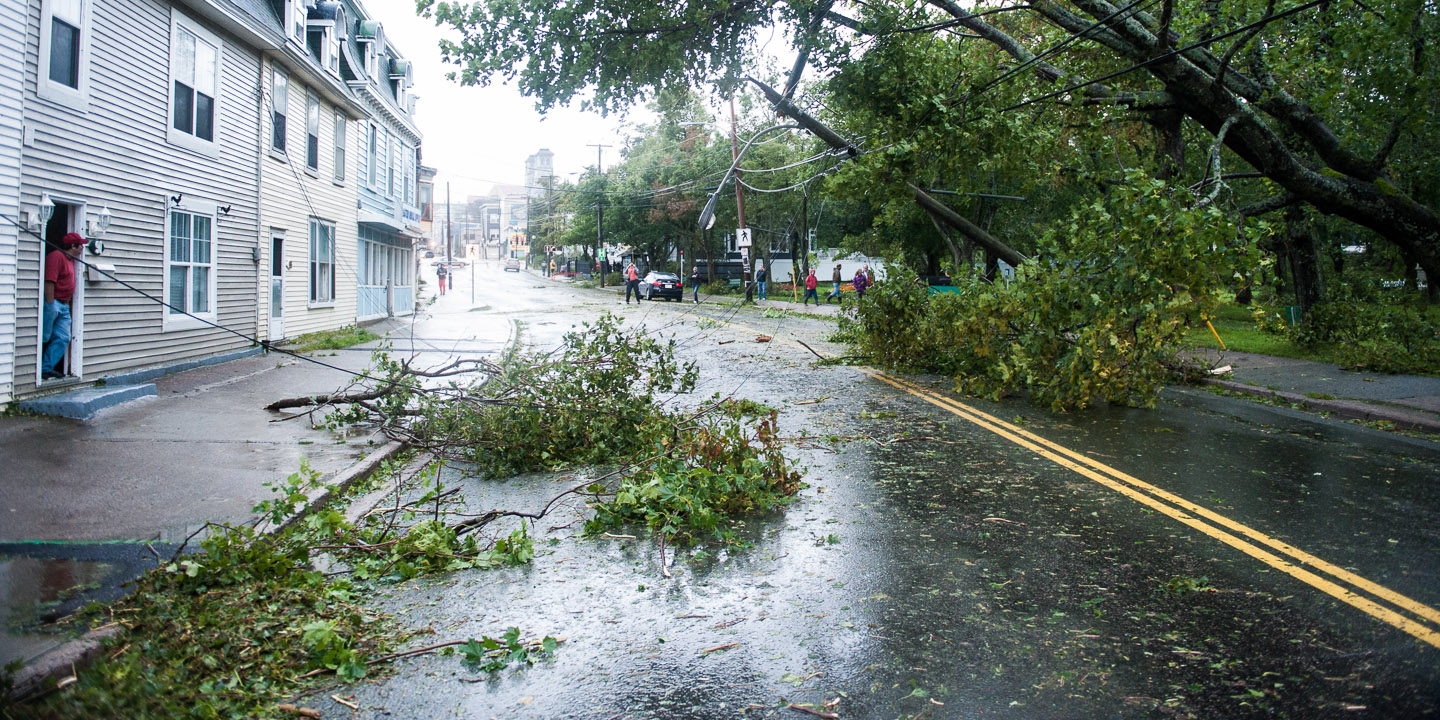
Power lines and trees entangled, blocking roads. St. John’s, Newfoundland. Photo: Colin Peddle.
That said, getting back to normal means reinstating systems proven vulnerable. While infrastructural and societal upheaval provides a window of opportunity to navigate a mobilities transition, the collective reflex at such times is to return to the status quo. Roads and bridges washed out by Hurricane Igor were rebuilt. Power lines toppled by Hurricane Juan were replaced. In both provinces, when electricity was lost so too was the capacity to pump fuel. The impulse was to restore automobility – that is, fossil fueled vehicles and related infrastructure. Electrical and fuel systems remain intertwined. While understandable, this response is problematic as it avoids consideration of a transition to more environmentally-responsible and socially-just mobility systems.
One of the key differences that arose, however, was that Hurricane Igor was largely, though not exclusively, portrayed by Newfoundland media and policy makers as an isolated event (despite several recent floods in the past decade). By contrast, in Nova Scotia, Hurricane Juan was viewed as symptomatic of climate change and seen as one of many complex events, from invasive species to avian flu to plane crashes (notably all linked to mobilities) to impact the province. This may have contributed to more action on climate change and sustainable transport issues in Nova Scotia, than in Newfoundland, in the years following hurricane landfall.
Through my doctoral research, I examined the links between climate change impacts and everyday mobilities, highlighting ecological considerations within the sphere of mobilities research. The anchoring idea for my project is that transport modes powered by fossil fuels contribute to climate change. In turn, climate change through severe weather events disrupts mobility. While linking specific weather events to climate change is tenuous, I examined Hurricanes Igor and Juan as examples of the conditions – high winds, intense precipitation and sea level rise – expected under a changing climate. Through qualitative comparative case studies, I explored how Hurricanes Igor and Juan highlight resilience and vulnerability in contemporary mobility systems.
Weather routing refers to the practice of continuously altering a ship’s course to take maximum advantage of tidal, current and wind conditions so as to reduce the physical resistance and, by extension, cost of transport. As society navigates a changing climate, how can we trim our sails to reduce emissions that cause climate change and, at the same time, brace for the impacts of severe weather?
In addition to key similarities, namely record-breaking hurricanes making landfall in Atlantic Canada within a decade and the island/peninsular geography of both regions, Hurricanes Juan and Igor also offer important contrasts. Comparing the impacts from rural Newfoundland to urban Halifax illustrates the diversity and complexity of mobility systems. Further, the characteristics of the hurricanes, and their respective impacts on mobility, varied: Juan was defined by wind, Igor by rain.
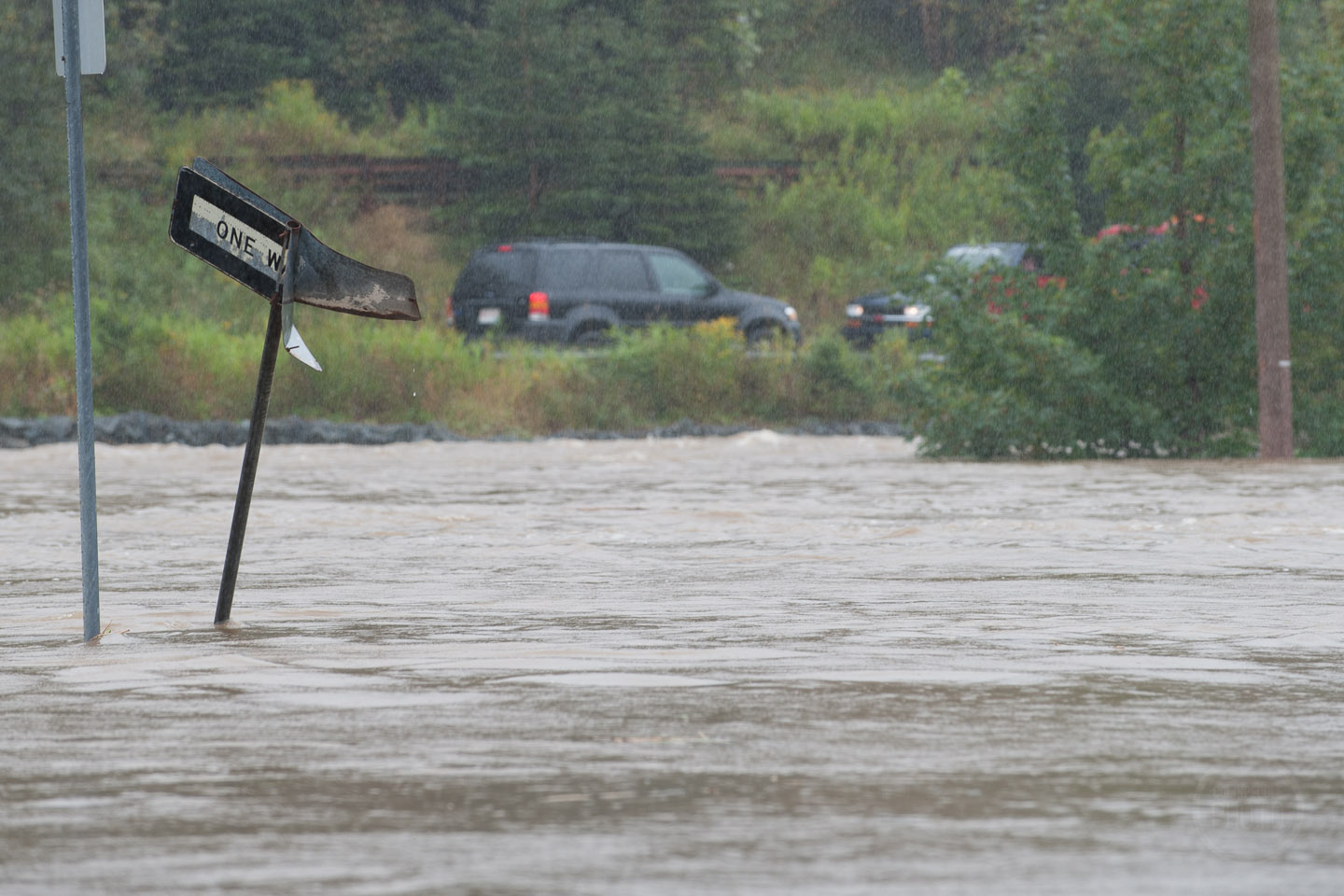
One of hundreds of flooded roads. Newfoundland. Photo: Colin Peddle .
To research what responses emerge in terms of mobility systems impacted by hurricanes I designed a comparative case study. Given my concentration on issues of complexity and uncertainty related to mobility, climate change and severe weather events, I focused on collecting official and expert accounts. For both Hurricanes Juan and Igor, I compiled existing data in the form of media articles, legislative transcripts and policy documents, as well as collected material in the form of interviews with key informants such as transport managers, environmental managers and land use planners. I also organized conference sessions and volunteered for the Red Cross to round out my research experience.
I focused on heavily impacted regions within each province, drawing on provincial and to a lesser extent local and national responses. In combination, each method contributes to building a rich case study, with multiple methods increasing the validity of findings. My goal is not to provide a detailed chronological description of the events, but to illuminate and explore various facets of mobility experienced in these events.
Guided by the following questions, I analyzed the resulting data set:
I synthesized data from all sources using qualitative content comparison tables. I summarized the content from each data source, comparing coverage, including gaps, within and between data sources. Analysis carried on through the writing process. I interviewed key informants who have specialist knowledge of transport, disaster and climate change, as well as analyzed print news media, policy documents and legislative transcripts.
In sum, the strengths of this approach are the robustness offered by the range of data sets and the balancing of documented and remembered accounts. Limitations of this approach include the exclusion of lived accounts of mobility and immobility by everyday citizens, as well the gender bias inherent when researching a male-dominated professions (i.e. transport). Issues of case study comparability also arise when addressing regions of rural Newfoundland to urban Nova Scotia, however, the advantage is that such an approach illuminates the diversity of mobilities that characterize Atlantic Canada.
I forward climate routing as a new conceptual mobilities tool of value to both researchers and practitioners. Given that the climate as well as transport technologies are rapidly changing, I recommend six high level practices to help navigate a sustainable transition:
Preparing for disruptions due to severe weather and adapting to carbon-constrained mobility systems both provide an opportunity to put the needs of the most vulnerable people front and centre, and to re-organize mobility and energy use in a way that reduces socially-constructed vulnerability. These six climate routing practices are intended to build upon and augment short-term solutions, facilitating a bigger picture transition to sustainable mobility.
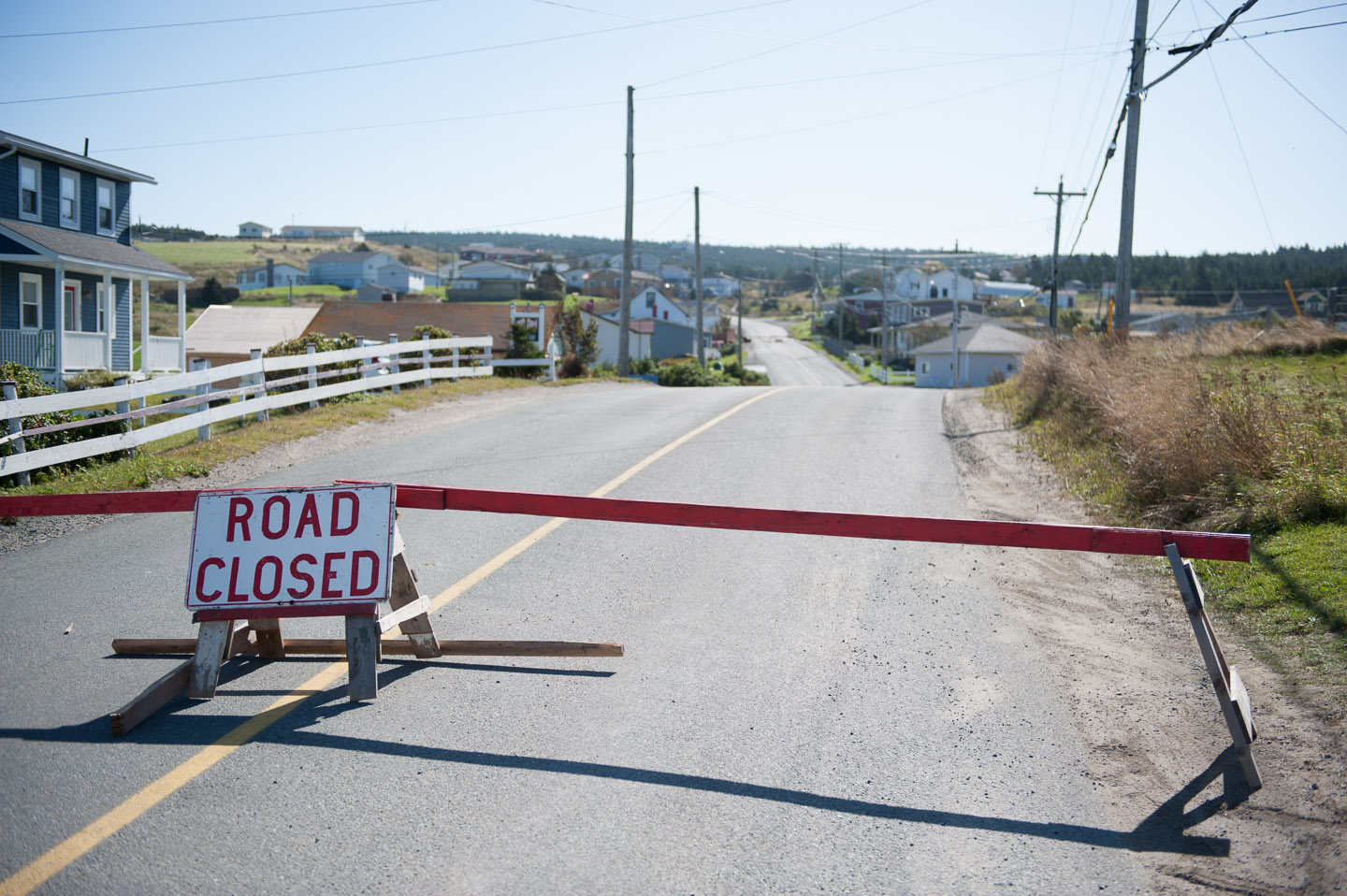
Some roads were washed out entirely, others looked intact but were structurally compromised. More than 100 communities were isolated for up to ten days. Photo: Colin Peddle
My research broaches questions at the intersection of understanding and acting that require further research:
What comes into focus through the cases of Hurricanes Igor and Juan is robust capacity to return things to the way they were. Moving forward, communities need assistance understanding and enacting a transition to new ways of being.
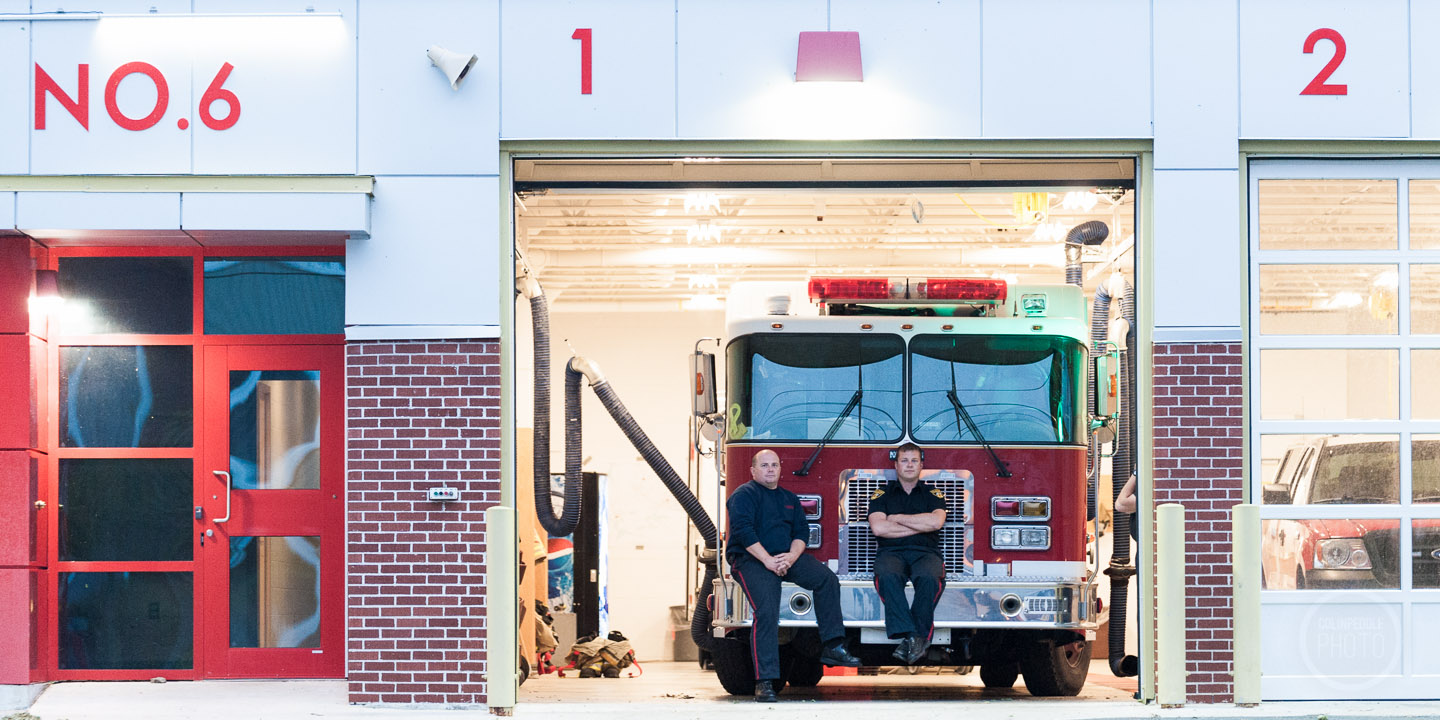
When roads are flooded and/or blocked, traditional emergency response may be restricted. St. John’s Regional Fire Department, Newfoundland. Photo: Colin Peddle.
1 " 5 years later, looking back at Hurricane Igor (Canadian Broadcast Corporation, 2015); “ A look back at Hurricane Juan” (Global News)
For the Mobile Lives Forum, mobility is understood as the process of how individuals travel across distances in order to deploy through time and space the activities that make up their lifestyles. These travel practices are embedded in socio-technical systems, produced by transport and communication industries and techniques, and by normative discourses on these practices, with considerable social, environmental and spatial impacts.
En savoir plus xLifestyles
Theories
To cite this publication :
Stephanie Sodero (27 October 2017), « Mobility systems in a context of global warming and natural disasters: toward greater resilience? », Préparer la transition mobilitaire. Consulté le 10 April 2025, URL: https://forumviesmobiles.org./en/new-voices/3731/mobility-systems-context-global-warming-and-natural-disasters-toward-greater-resilience